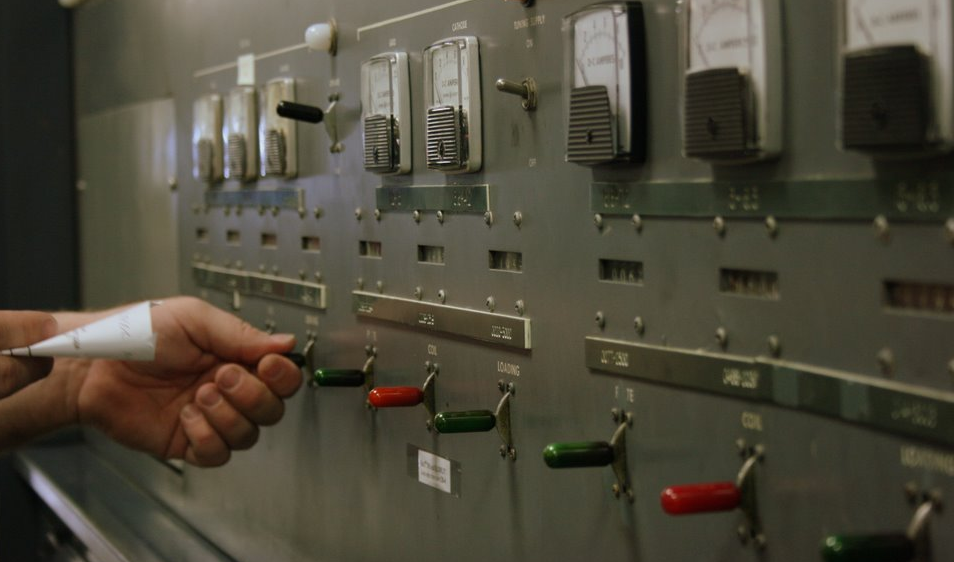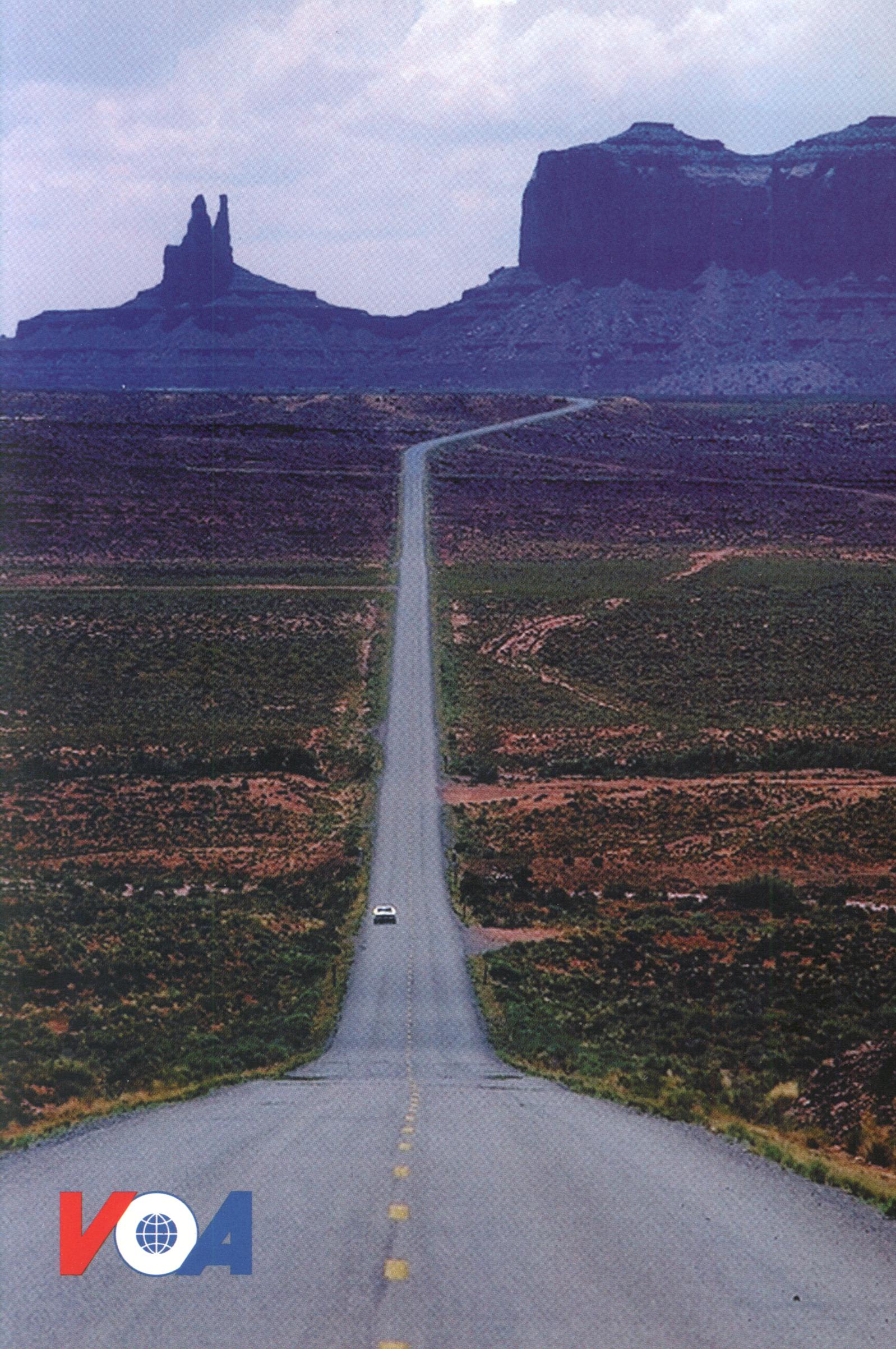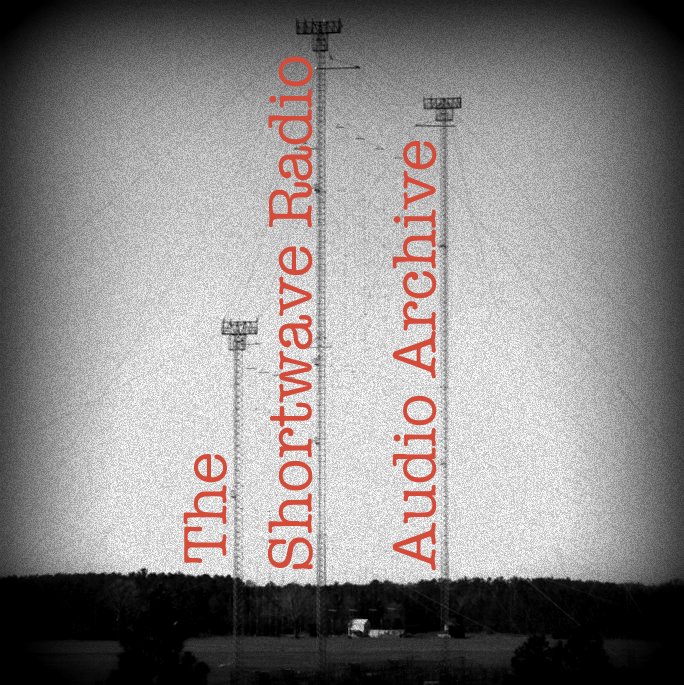Live, off-air recordings of the Voice of Korea broadcasts in English and German on 4 September 2017, beginning at 16:30 on 11645 kHz and 18:30 UTC on 9425 kHz, respectively. The broadcasts were transmitted from Kujang, Democratic People's Republic of Korea (North Korea), with a transmitter power of 200 kW. The English broadcast had an antenna beam direction of 296°, while the German broadcast was at 325°, both directed towards Europe.
The commentaries in the first part of the programs include a discussion of the development of nuclear weapons by the DPRK and the announcement of the recent test of a hydrogen bomb.
Although the Voice of Korea broadcasts are nominally about 57 minutes in duration, the recording of the English broadcast stops after 30 minutes when China Radio International signs on, on an adjacent frequency with a powerful signal overriding that of the Voice of Korea. The recording of the German broadcast begins about 5 minutes late.
The broadcasts were received by the Web-interface wideband software-defined radio at the University of Twente in Enschede, The Netherlands, with a "Mini-Whip" antenna in synchronous AM mode with 5.08 kHz total bandwidth RF filtering. Reception of the two broadcasts varied from fair to good with some noise and fading and the German broadcast was accompanied by the sound of jamming, likely originating from the same transmitter plant that is used to jam broadcasts from the Republic of Korea (South Korea), and is likely due to a technical fault.














![By Denoel Paris and other photographers [CC BY-SA 3.0 (http://creativecommons.org/licenses/by-sa/3.0)], via Wikimedia Commons](https://images.squarespace-cdn.com/content/v1/51a013dee4b0a2a2d2ef73e9/1504612444525-GPNN6VAMPY2OIRA9V4OY/Romanian_Revolution_1989_Demonstrators.jpg)







